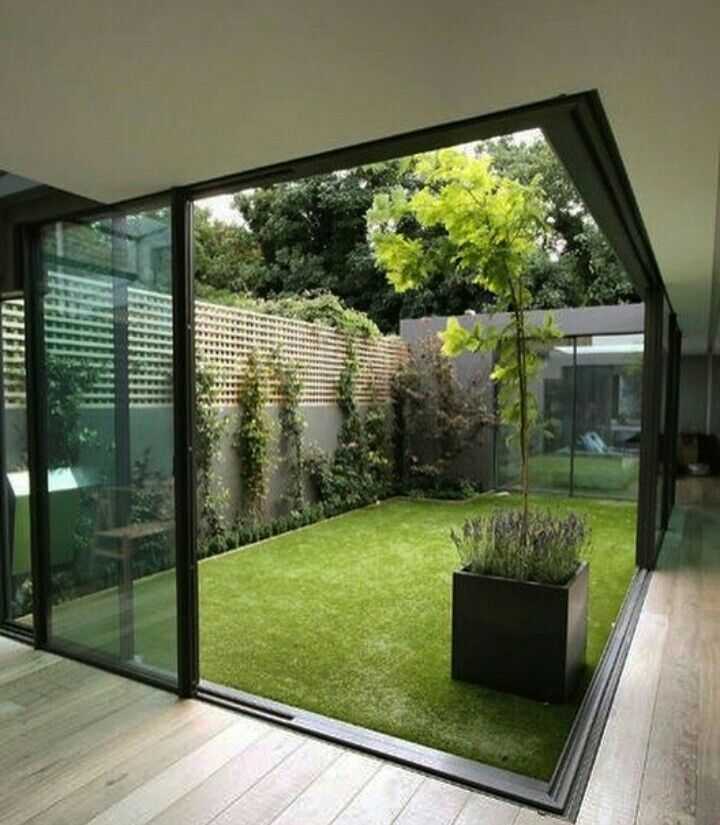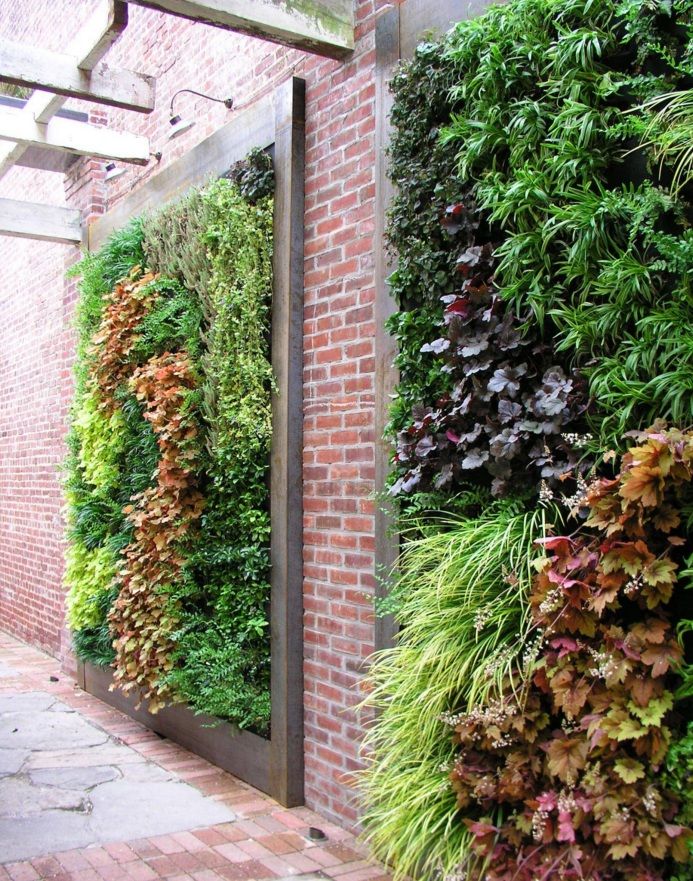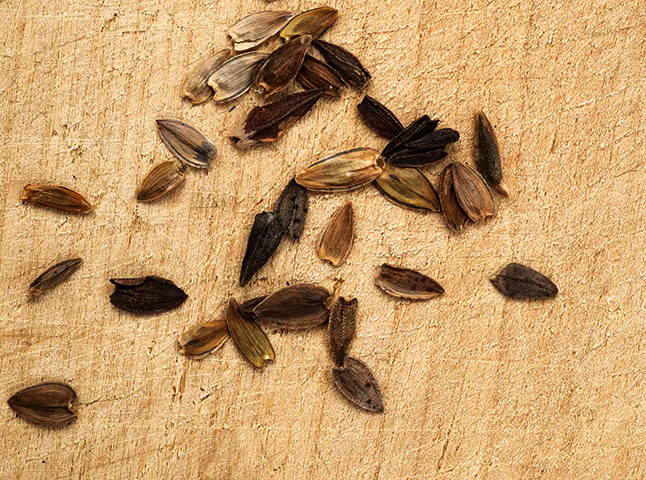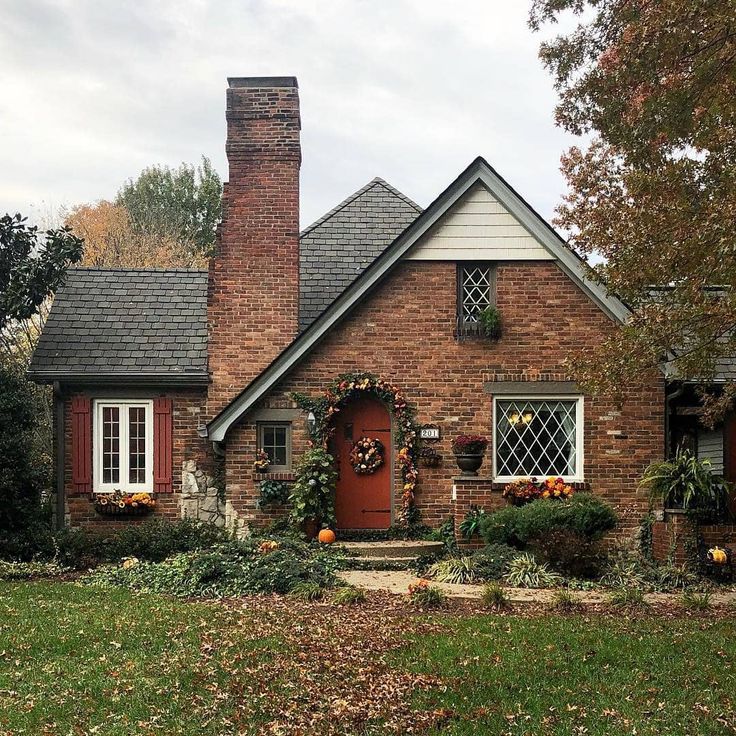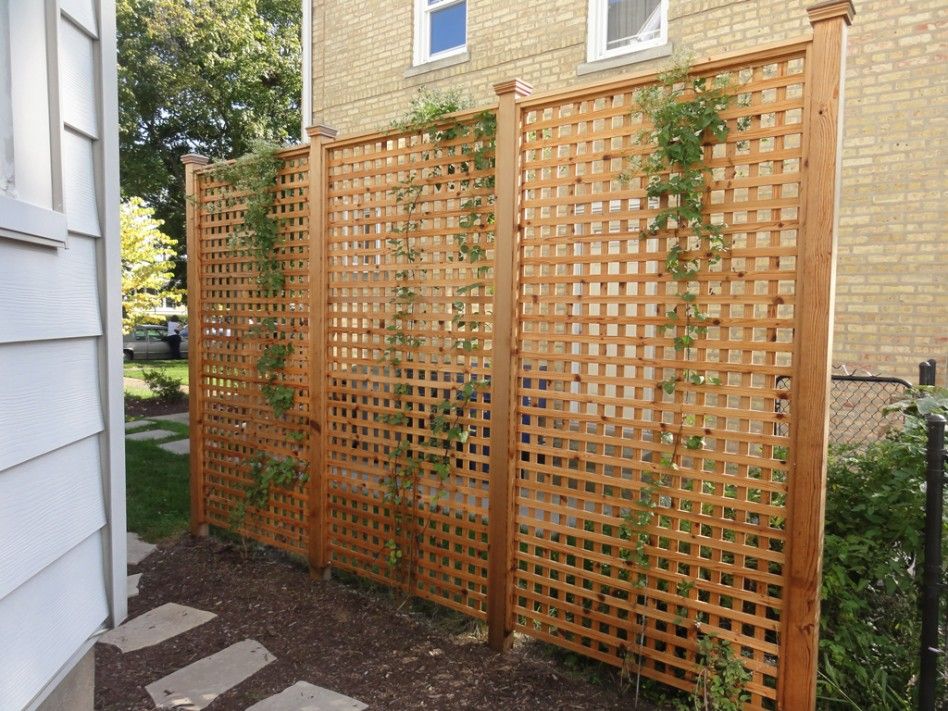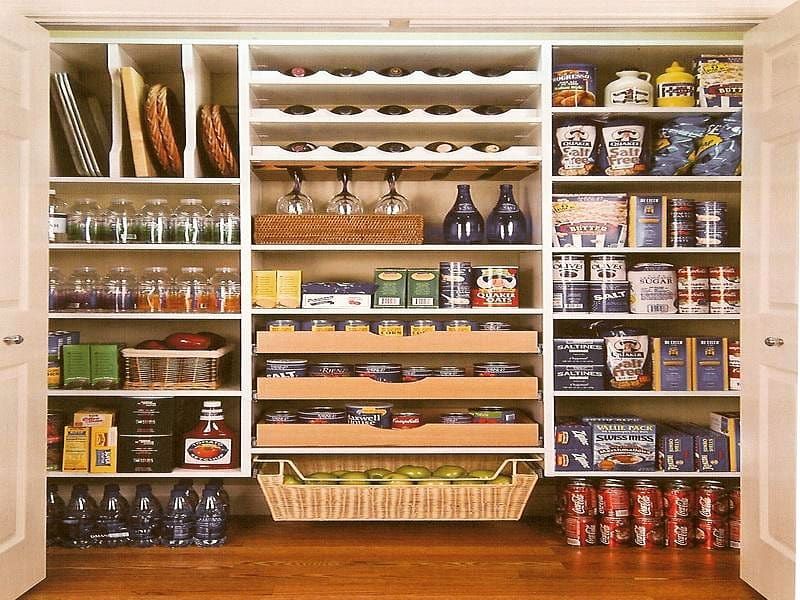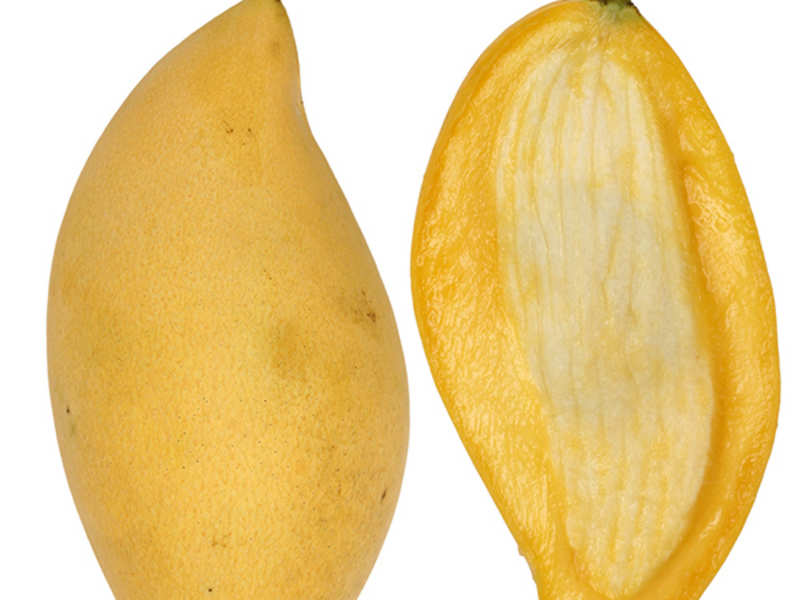Wallpaper on one wall
How to Hang Wallpaper (or a Mural) on One Wall
Crafts/DIY | Home Repair | Kids Rooms
533 shares
- Share
- Tweet
You’ll find everything you need to know about to how to hang wallpaper on one wall or hang a mural on one wall in this post.
If you’ve never attempted hanging wallpaper before, I highly recommend starting with just one wall! Hanging wallpaper on just one wall is far easier than attempting a whole room. Hanging mural wallpaper on one wall is very similar and actually quite easy!
How to Hang Wallpaper on One Wall
This post contains affiliate links for your shopping convenience. Click to read my full disclosure policy.
Hanging wallpaper on one wall is way easier than wallpapering a full room. Especially if the wall doesn’t have any windows or doors, it’s super easy and can be done in a couple of hours.
We reviewed the difference between pasting the back of the wallpaper and pasting the wall. Also we made sure to buy wallpaper that required wallpaper paste. We decided that hanging the wallpaper on the wall would be best for us that way we didn’t need a table and could put it up quicker.
This is the wallpaper we picked out for my daughter’s room.
Here are the supplies that are needed.
Supplies:
- wallpaper that needs paste (enough for one wall and extra to match up the pattern) I use this wallpaper calculator for adding how many rolls are needed
- pencil
- wallpaper size (primes the wall for pasting) 1 quart covered two walls
- paint roller and tray
- wallpaper adhesive 1 quart covered two walls
- wallpaper paste brush (or large paint brush)
- smoother
- utility knife and putty scraper
- ladder
- extra person
Directions:
- Cover the wall with wallpaper size using a paint roller.
 Allow to dry for 2 hours before pasting (we did this step the night before).
Allow to dry for 2 hours before pasting (we did this step the night before). - Have one person hang up a piece of wallpaper and another person make marks down the edge of the wallpaper on the wall with a pencil.
- Remove the wallpaper and brush wallpaper adhesive on the section you just marked off but just the top part.
- Butt up the wallpaper into the top corner and keep an overlap about an inch on the ceiling.
- Smooth out that top section to get rid of air bubbles. Move the smoother from the centre of the wallpaper to the outer edges to smooth out wrinkles and air pockets.
6. Now have one person hold up that bottom section of the wallpaper and the other person paste the bottom half of the wall. Smooth out the bottom section.
7. Make a crease at the bottom on top of the baseboard with the smoother.
Li8. Now hang up the next piece of wallpaper finding where the patterns match up. You might have a lot of overhang at the top which is fine.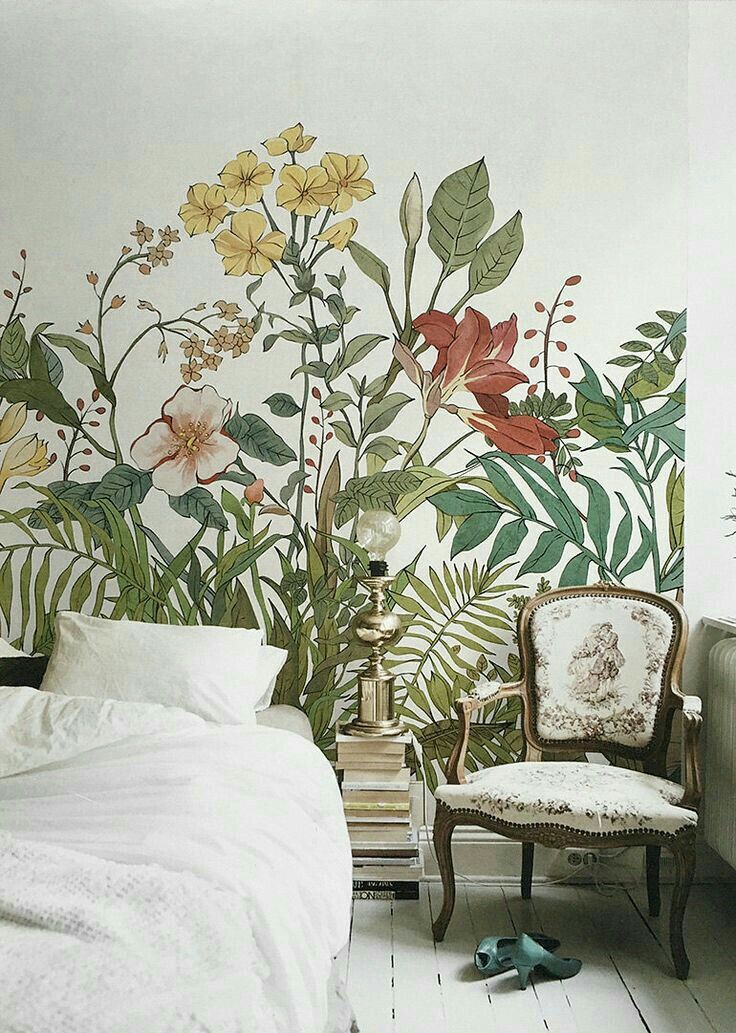
9. Make a crease with the smoother where the wall meets the ceiling (this will mark your wallpaper).
9. Take a pencil and make marks down the edge of the wallpaper.
10. Paste the top section of the wall again and hang up that wallpaper piece to the marked crease up at the ceiling. Overlap a little bit over the section that’s already on the wall.
11. Paste the bottom section and smooth down the wallpaper. Crease the bottom of the wallpaper just above the baseboard.
12. Repeat until the whole wall is done.
13. With a putty scraper as a guide, take the utility knife and cut the excess off at the top of the bottom and at the bottom.
And you’re done! I love this one wall of floral wallpaper and so does my daughter. Aaron and I did a great job doing it together!
How to Hang a Wallpaper Mural
Hanging a mural is similar to hanging wallpaper but in a way easier because the pattern is already lined up for you.
The most important part is of hanging a mural is making sure you buy a size that fits your wall.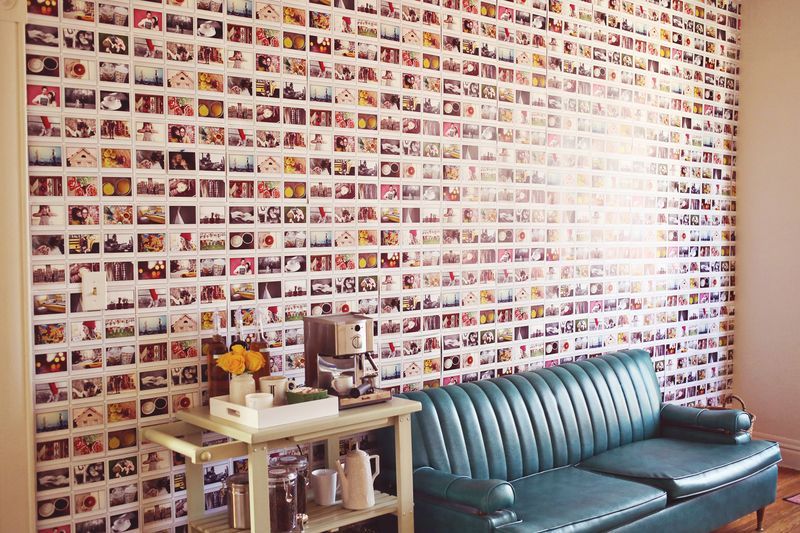 Make sure to allow a bit of extra for uneven walls and ceiling but it does come with some extra for overlap.
Make sure to allow a bit of extra for uneven walls and ceiling but it does come with some extra for overlap.
We bought this space mural wallpaper and my son loves it!
1. Cover the wall with wallpaper size using a paint roller. Allow to dry for 2 hours before pasting (we did this step the night before).
2. Spread out your mural on the floor (we used our dining room area) so that all the sections are laying in the correct order.
3. Have one person hang up the first section (we started top left corner again) and the other person make marks along the side of the wallpaper and the bottom.
4. Remove the mural section and brush wallpaper adhesive on the section you just marked off.
5. Butt up the wallpaper into the top corner and keep an overlap about an inch on the ceiling.
6. Smooth out that top section to get rid of air bubbles. Move the smoother from the centre of the wallpaper to the outer edges to smooth out wrinkles and air pockets.
7. Repeat until the whole wall is done.
8. Using the putty scraper as a guide, take your knife and cut the excess off at the top and at the bottom.
We left about an inch at the top for overhang and there was quite a bit left at the bottom.
The mural turned out amazing! And my son couldn’t be happier.
I hope you found this post helpful in how to hang wallpaper on one wall or hang a mural on one wall.
Let me know if you’ve wallpapered before or if you have any tips to share.
Wallpaper Sources
Floral wallpaper
Space mural
Make sure to pin it for later!
Click in Case You Missed:
Industrial Space Boy’s Bedroom
Green, Pink, Gold, French Girl’s Bedroom
How To Remove Wallpaper
Similar Posts
Crafts/DIY | Paint/Wax/Stain
Painted Boat Oars
In this post I will show you how I painted wooden boat oars in a funky beach way! Today I’m participating in an amazing Summer Celebration blog hop! My summer project has been on my to do list for a looooong time now. I just needed a kick in the butt to get it done and…
I just needed a kick in the butt to get it done and…
Read More Painted Boat OarsContinue
Crafts/DIY
Summer Wreath
Get inspired to make your own summer wreath! Looking for a super easy DIY summer wreath? I made this pretty wreath after a trip to the beach with the kids collecting shells. I love how it turned out, so beachy and summery but the best part was how easy it was to make! For now…
Read More Summer WreathContinue
Crafts/DIY | Sewing
Sentimental Tablecloth to Pillow Cover
How I transformed my Grandmothers’ sentimental tablecloth into a beautiful pillow cover. I love hanging on to some sentimental things but I hate hoarding. I’m always purging but just can’t let go of special items. Like a tablecloth my grandma made. She did all this beautiful classic needlepoint. I dislike using it as a tablecloth for…
Read More Sentimental Tablecloth to Pillow CoverContinue
When To Wallpaper An Accent Wall
If you are looking to add some “wow” to a room, have you ever considered doing a wallpaper accent wall? When we moved into our current home, I planned on making the third bedroom into my office since I work from home.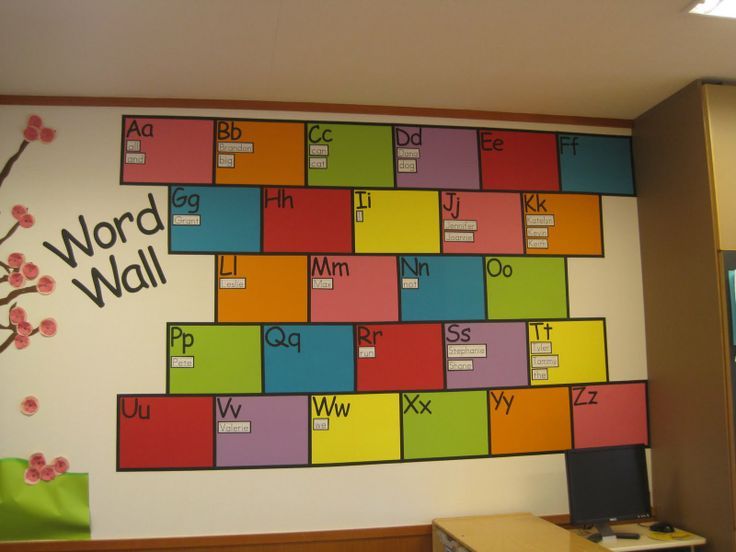
This area used to be an outdoor porch at some point. It’s a smaller room two steps below the level of the rest of the house, so the ceilings are nice and tall.
The room is right next to the steps to go down to the basement, so you can see right into the room from the rest of the house. I wanted to do something that felt fun and tied the room into the vibes of the rest of the house.
Doing an accent wall seemed like the perfect way to add some personality to the space, and doing a wallpaper accent wall turned out to be perfect for the room!
If you are wondering when to wallpaper an accent wall, here are all the ways to figure out if that’s the best path for you!
Q: Which wall should be the accent wall?
A: Usually an accent wall is determined by whichever is the first/main wall that you see when you walk into a room. You want that to be the “WOW” moment when you walk into the room, so it’s a good idea to have that be the first thing you see.
The exception to that general rule would be for a bedroom, as you usually want to choose the wall that the bed is set against (where the headboard would be) for your accent wall.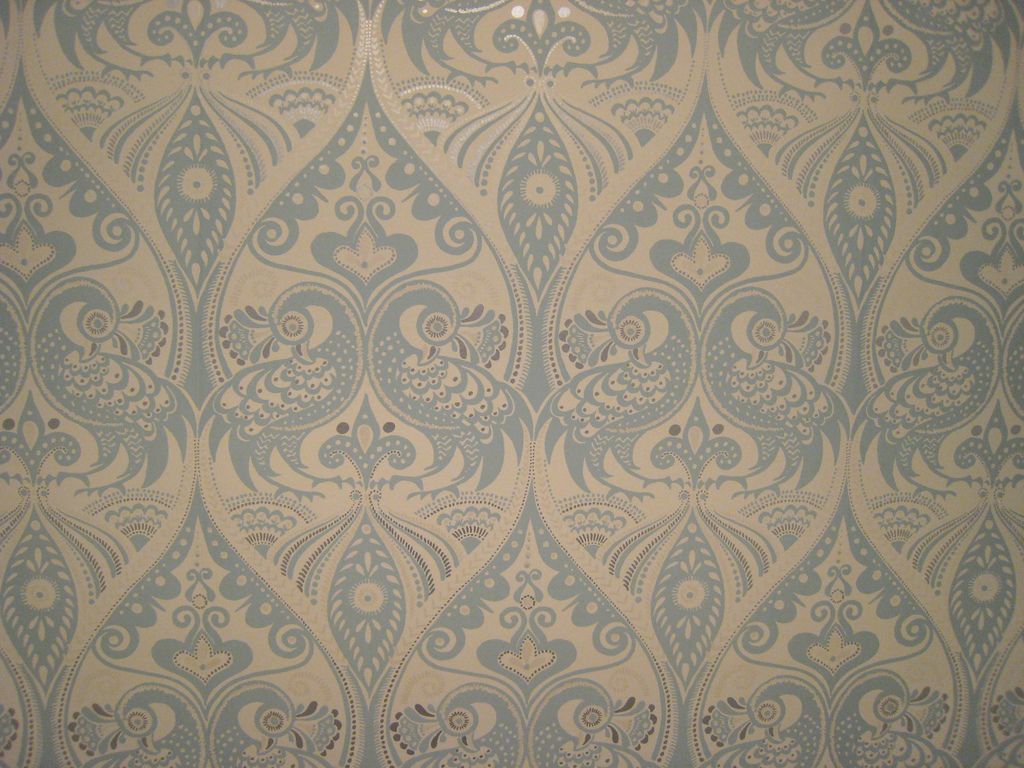
Q: What type of wallpaper is best for an accent wall?
A: The type of wallpaper that you choose will depend on how bold of a statement you want to make with your accent wall. If you want bold and dramatic, choose a wallpaper with lots of patterns or colors to really draw the eye to that wall. If you want something more subtle, try a more muted color palette with less colors or a less busy pattern.
You should wallpaper an accent wall when …
... When on a wallpaper budget: For this, I don’t necessarily mean that you want to generally decorate a room as cheaply as possible (usually wallpaper doesn’t fit into a super low budget unless you do a Super Affordable DIY Wallpaper Hack), but that you love wallpaper (but don’t have the budget to do a whole room).
Generally, an accent wall is going to be about 1/4 the cost as it would be to do a whole room, so it’s definitely an overall savings but you get to have a pop of that paper you love.
… When learning to DIY wallpaper: Like most skills that you are learning, it can be a good idea to start small and build up as you grow your toolkit. So if you are wanting to tackle wallpaper yourself (totally doable for a crafty person and saves you money on install costs), I would really recommend doing an accent wall before trying to do a whole room.
So if you are wanting to tackle wallpaper yourself (totally doable for a crafty person and saves you money on install costs), I would really recommend doing an accent wall before trying to do a whole room.
You don’t have to worry about trying to wrap the pattern around the corners like you would if you do the whole room, and it gives you a smaller space to learn the skill. You can also identify what you would do differently next time, what tools would be more helpful, or what type of paper you’d rather work with the next time around.
… When some walls of a room have challenges: By “challenges,” I mean that some other walls may be an odd-shaped, much taller than other walls, have a nook of sorts, or have other features or details that would make it hard or awkward to wallpaper.
Keeping the paper to one accent wall means that you don’t have to deal with challenges that other walls in the room may have where wallpaper may not be a good idea.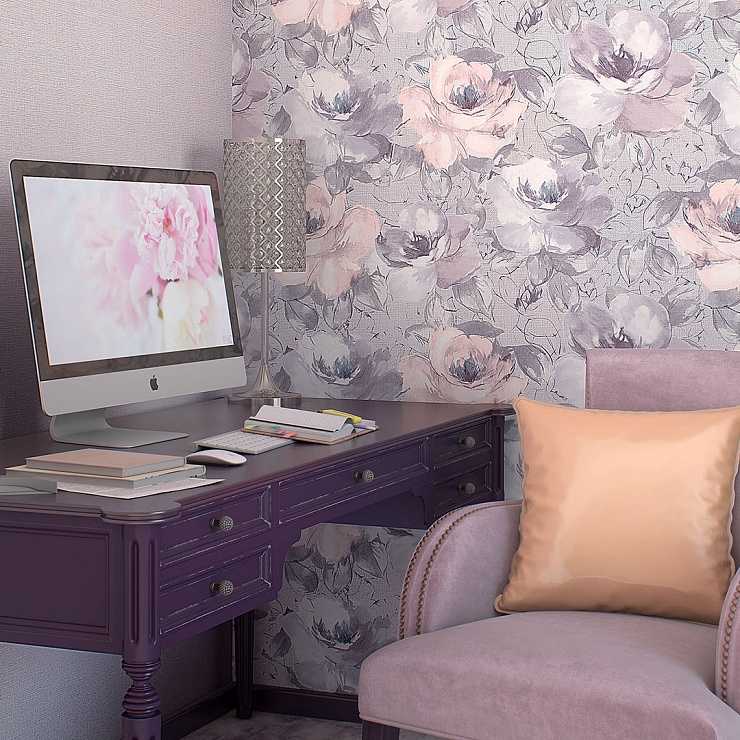
… When the pattern is “too much” for a whole room: Some patterns of wallpaper are super busy and full (that may be what you like about the paper in the first place), but you may not feel like you can handle a whole room of that pattern.
Doing a wallpaper accent wall is a great way to add some of that amazing pattern you love without feeling like you are going to get dizzy as you walk around the room.
TIP: Want your wallpaper accent wall to look more integrated into a whole room? Try painting the other walls to match the main background color of your wallpaper (like how my walls are white and the main background of my wallpaper is also white).
This allows the adjacent walls to kind of merge into the wallpaper rather than it feel like a hard transition (although that can look dramatic in a cool way, so it’s up to you to decide which you want).
Love this wallpaper I used? You can also find a similar removable style here!
Looking for a wallpaper for your wallpaper accent wall? Try one of these or see Our Favorite Wallpaper Sources (By Style!) for more!
1 / 2 / 3 / 4 / 5 / 6 / 7 / 8 / 9 / 10 / 11 / 121 / 2 / 3 / 4 / 5 / 6 / 7 / 8 / 9 / 10 / 11 / 12See more accent wall ideas here!
- Rainbow Corner Accent Wall DIY
- 20+ Easy Accent Wall Ideas
- DIY Trim Accent Wall
- 10 Statement Wall Ideas
- Stamped Star Wall DIY (Money Saving Wallpaper Alternative)
I absolutely love how the wallpaper turned out! My mom and I hung it ourselves in one afternoon (thanks, mom!!) and it adds a lot of texture and personality to the space.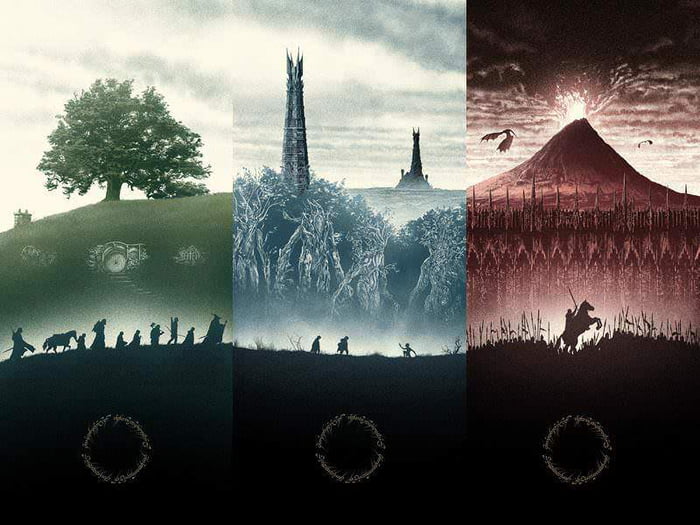
My office makeover is almost complete and I can’t wait to finish the rest of it now! Hope this helps you decide if a wallpaper accent wall is right for you! xo. Laura
Product Sources: Wallpaper/Hovia (similar removable option here), Pink Desk/Target, White Chair/Target, Brass Lamp/Walmart, Moroccan Rug/Etsy, Velvet Curtains/Amazon, Chandelier/ West Elm
Can you have two accent walls?
Nope. Not in one space, anyway. The reason it’s an “accent” wall is that it’s a special feature in the room, so having two walls in the space be your accent walls will just feel confusing. Either do one wall or the whole room. But, you can have more than one accent in a home as long as they are in different rooms.
Does an accent wall have to be wallpaper?
Not at all! You can have a different color paint be your accent wall, or a different texture like a wood or paneled wall. Paint will be the easiest to change in the future (although you can do removable wallpaper) and traditional wallpaper. A wood wall will be more effort (although possible to change) a few years later.
A wood wall will be more effort (although possible to change) a few years later.
Combining wallpapers of two colors with each other: ideas on the photo
Any collection of wallpaper coverings usually includes large and small patterns, complex and simple geometry and several companion backgrounds. Everything fits together perfectly, but this is in the catalog - but how will it look in space? How to determine which wall to make accent? Where is it better to glue a large drawing, where - small, where - geometry? And if you need to “make friends” of coatings from different collections and factories?
In this post, we analyze popular ways to combine wallpapers of two or more colors, different in design and type of material.
Design: Rebel Wall
How to think about the location of different wallpapers in a room: 3 main principles
1. Decide on accent walls and can be emphasized with wallpaper in a rich palette, with an active design.
 Walls usually get the most attention:
Walls usually get the most attention: - which is the first thing you look at when entering a room;
- where the TV will hang, there will be a fireplace;
- behind the sofa in the living room, in the kitchen, in the office;
- at the dining table;
- at the head of the bed in the bedroom or nursery.
Design: Midbec
Design: Ksenia Erlakova
Walls with interesting architecture can also become focal points:
- with large recesses;
- ledges and semi-columns;
- ceiling height differences;
- other expressive structural elements.
Design: Anna Razumeeva-Smirnova
Design: Victoria Lazareva
Design: Idit Orni
Do not use accent wallpaper for more than two zones. nine0068 Otherwise, they will argue among themselves and get lost in the background of each other.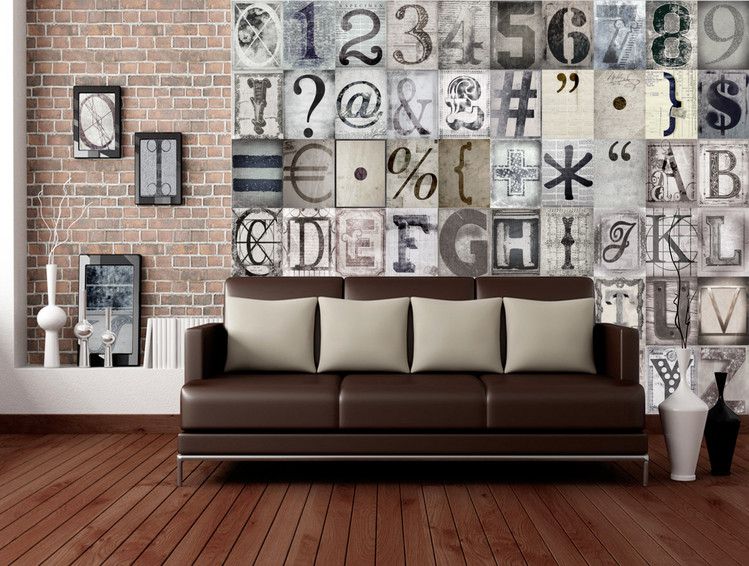
If the room is small, without specific architectural elements, and nothing in its geometry catches the eye, then it is better to refuse accent drawings and colors on the walls and combine two or three calm designs. These can be:
- dim plain backgrounds;
- discreet pattern or geometry in a muted palette + a background that is close in visual weight;
- two calm identical drawings in different scales - one is larger, the other is smaller. nine0019
Design: Rebel Walls
Design: DVEKATI
2. One wall - one design
Don't mix several types of wallpaper on one wall, glue each of them from corner to corner, ledge, niche or architectural element - this way the combination will look more complete. If you still want to center the coating, highlight it with moldings or pick up a companion with a non-contrasting background. nine0003
Design: Cozy Houzy
3.
 Do not use more than three designs from the collection
Do not use more than three designs from the collection The variety of patterns and backgrounds does not mean that you need to glue them all.
How to combine wallpapers with each other: we analyze popular methods
Background + background
There are many options for such combinations, but the most calm and harmonious is a pair of coatings of two or three shades of the same color of different lightness and strength, for example, medium gray with graphite, light brown with brown, green with dark green. In such combinations, the depth of the selected color will be revealed in full force and unnecessary variegation will not appear. nine0003
Another option is to make a pair or a trio of one or two very calm colors and one bright one. Let the proportion of bright colors be less than the proportion of calm colors - this will help balance the combination.
Design: Anastasia Kudryashova
Background + pattern or geometry
A classic, uncomplicated combination.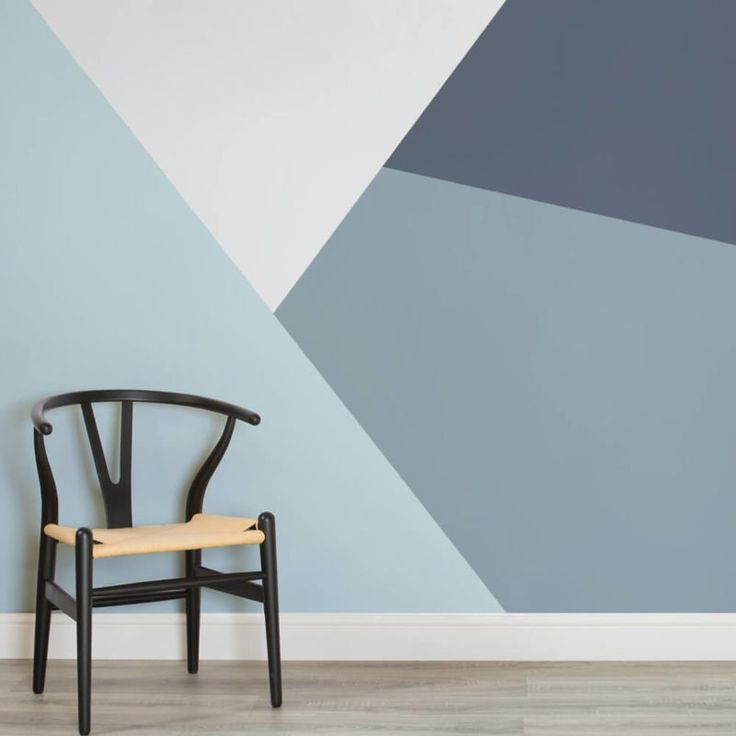 If you want uniform, dim walls, choose companions with the same background for accent coatings, if contrasting, choose something much lighter or darker than the background. nine0003
If you want uniform, dim walls, choose companions with the same background for accent coatings, if contrasting, choose something much lighter or darker than the background. nine0003
Design: Nadezhda Nosova
Design: Marina Sargsyan
Design: Julia Khokhlova
Traditionally wallpaper with a pattern or geometry is used to cover accent walls or parts of walls, but you can do the opposite: for example, cover a niche or ledge with background wallpaper, and the space around it with active wallpaper. At the same time, it is not worth pasting over the entire room with a bright coating: limit yourself to pasting only the wall on which the niche or ledge is located. nine0003
Design: ST-Interiors
Design: Milassa
Large pattern or geometry + the same, but small
Having settled on this combination, remember: large prints visually reduce the surface, small ones, on the contrary, make them a little larger.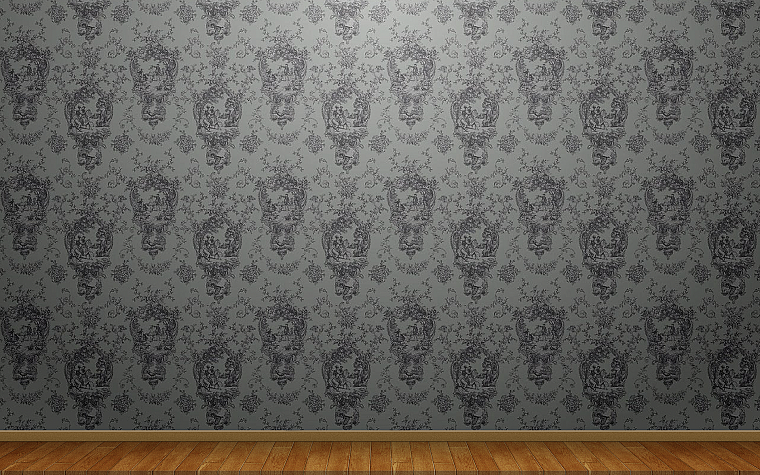 Therefore, for accents, choose wallpaper in a large pattern or geometry, and let the small one act as a background.
Therefore, for accents, choose wallpaper in a large pattern or geometry, and let the small one act as a background.
pattern + geometry
Such combinations are ideal for classic interiors, where geometry (usually a stripe or a check) is a companion to a pattern (damascus, flowers). Choose calm, dim geometry - then it will not bother you and will help to unobtrusively structure the interior, which is never superfluous for classics. Combinations of photo wallpapers with flowers, combined in the interior with a stripe, are also good.
Photo: Alexander Klevtsov
Design: After the Antique
Design: Milassa
Two or three different patterns
In such multi-part combinations, the main thing is to keep the proportions: the more active the pattern or color, the less such wallpaper should be in the interior. And to make the composition look coherent, choose options that are close in intensity and visual weight. Optimal ways of combining:
Optimal ways of combining:
- include accent coatings in the interior in the form of decorative inserts in moldings; nine0019
- spread drawings on different sides of the room, if it is large and has many corners and niches.
- Cover the inside of a bookcase or cabinet with one of the types of wallpaper.
Design: VV Design
Other wallpaper combinations
How to combine wallpaper horizontally?
A popular design technique is to use wallpaper as a high edging, as a colored border or cornice. It has nothing to do with the ready-made paper cornices that were glued over the wallpaper in the nineties. This technique is rather a subtle, beautiful reference to the classics in a modernist house or apartment. nine0003
Design: Desatori
Design: O&A Design
How to combine wall and ceiling wallpaper?
You can extend the accent coating from the wall to the ceiling or stick something independent - the main thing is that the color palette on the ceiling should echo the walls.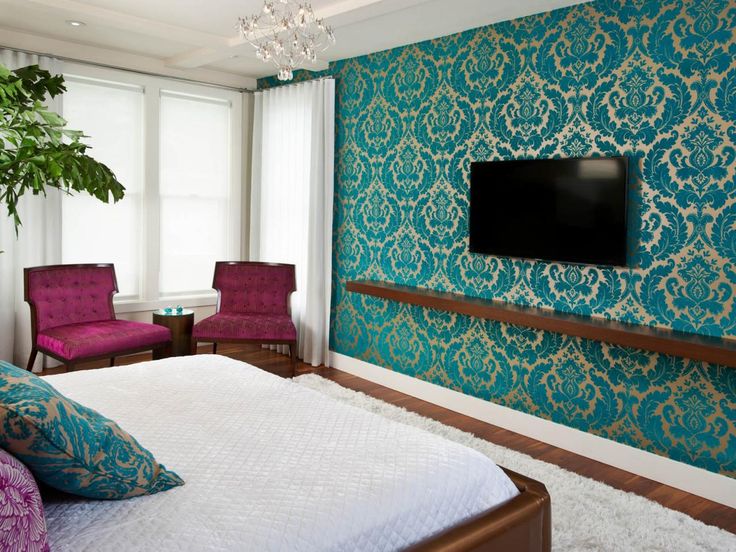
It is desirable that the wallpaper on the ceiling be visually light, not too active: any ceiling decor will optically lower it a little. The darker and more colorful the ceiling, the lower it will appear. nine0003
Design: Cathy Morgan
Design: Scott Arthur Yerkey Design
Design: Bernidesign
Design: Maria Edina
How to combine wallpapers from different factories, collections and materials in a room?
Try not to mix different coatings unnecessarily: this is quite a challenge even for the pros, because each manufacturer produces wallpapers with a unique tonality and surface texture. nine0003
But sometimes it is necessary, for example, if the factory did not provide "native" companions to the catalog with photo panels. Or if the wallpaper you like is made of delicate textiles, you need to glue “marked” zones, and the best option is to leave a textile coating for the accent zone and choose a vinyl or non-woven one that is more resistant to mechanical damage.
In these and other emergencies, pay attention to the texture and sheen of the selected wallpaper: it is important that they are approximately the same. More good ways to "make friends" dissimilar surfaces:
- "spread" them on different walls. Lighting will also fall on them differently, so the difference will be almost imperceptible.
- split moldings.
Design: Design Point
Design: Mila Kolpakova
- Alternate through different designs;
- combine wallpaper horizontally in equal proportions;
- Center the accent covering on the wall so that there is less than 20 centimeters from its edges to the end of the walls.
Design: Hoi Ning Wong
Photo: Alexander Klevtsov
How to separate different wallpapers on the same wall and how to combine them in one room - photos and best ideas of 2022
Different wallpapers on the same wall or in the same room - how to separate and combine them in 2022
Repair is a delicate matter, and at all its stages.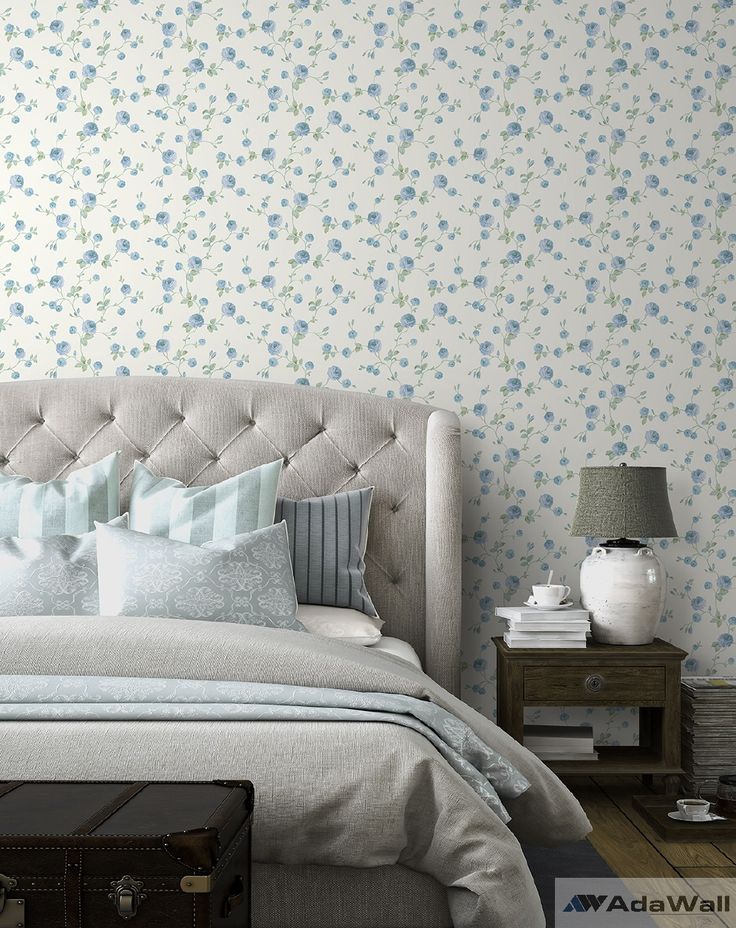 And it is especially difficult at the stage of design development and its implementation into reality. For example, you wanted to join different wallpapers, but you don’t know how to do it, because it is important that not only does it not seem like there is not enough material, but it looks really stylish and tasteful. And then the best ways to solve the problem will be given with photos clearly illustrating them.
And it is especially difficult at the stage of design development and its implementation into reality. For example, you wanted to join different wallpapers, but you don’t know how to do it, because it is important that not only does it not seem like there is not enough material, but it looks really stylish and tasteful. And then the best ways to solve the problem will be given with photos clearly illustrating them.
Review content:
General rules on how to combine different wallpapers in the same room
Contrary to popular belief, wallpapers are still popular in the interior. Judge for yourself - they are more practical, with their help you can hide minor defects after finishing, and if you wish, it becomes quite possible to change the overall design of the room with any regularity.
In addition, there is an opportunity to experiment with texture, color and pattern, emphasize or even create a certain style by decorating the walls with different wallpapers and using the most spectacular combinations of them.
nine0003
By color
Today there is an impressive range of so-called wallpaper sets for sale, consisting of rolls of basic tone and accents that complement them, which may differ from the base not only in color, but also in texture and pattern. In general, such sets look as organic as possible, allowing buyers not to rack their brains over creating a common composition.
However, it can also happen that the owners want to create something unique, abandoning the idea of purchasing a ready-made kit in favor of compiling it themselves. When making such a decision, the first thing to learn is to choose a color for a future couple or triad, using various prompts, such as this auxiliary table:
Of course, you can act intuitively here, but if you want to get the most harmonious result without the slightest strain on your eyes, then it’s better to use the Itten color wheel when choosing.
This circle is based on six basic schemes that allow you to accurately and within the framework of your own desires choose the optimal one-color, similar in palette or contrasting pair / triad of wallpaper shades.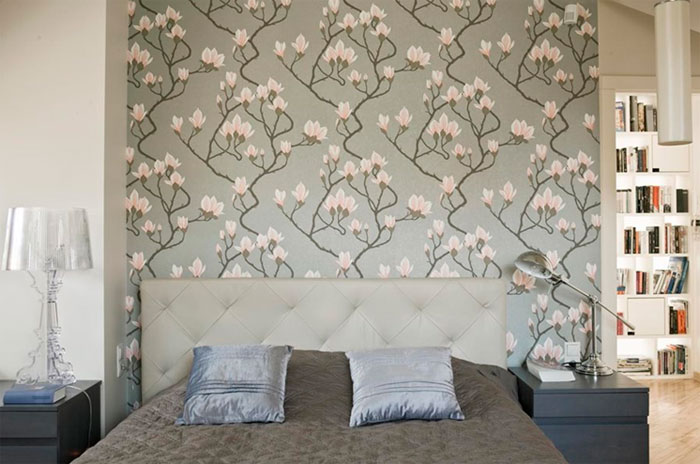 Such a simple technique will allow you to create not only an aesthetic, but also an optimal design for perception. nine0003
Such a simple technique will allow you to create not only an aesthetic, but also an optimal design for perception. nine0003
By texture
The texture of the material is also of great importance for the choice. In this case, one should pay attention not only to the texture of its surface, but also to the type itself, since different wallpapers often have different thicknesses.
Of course, in the case of a corner joint, this feature does not play a big role, since the types of material used will lie in different planes. Another thing is if you happen to connect them on a common wall, because then the difference will become noticeable even if decorative elements are used to mask the joint. nine0003
Simply put, the wallpaper may differ in color, but it should be more or less the same texture and thickness. In addition, you should take into account the difference when choosing glue, because what is suitable, for example, for non-woven wallpaper, is not suitable for vinyl and vice versa.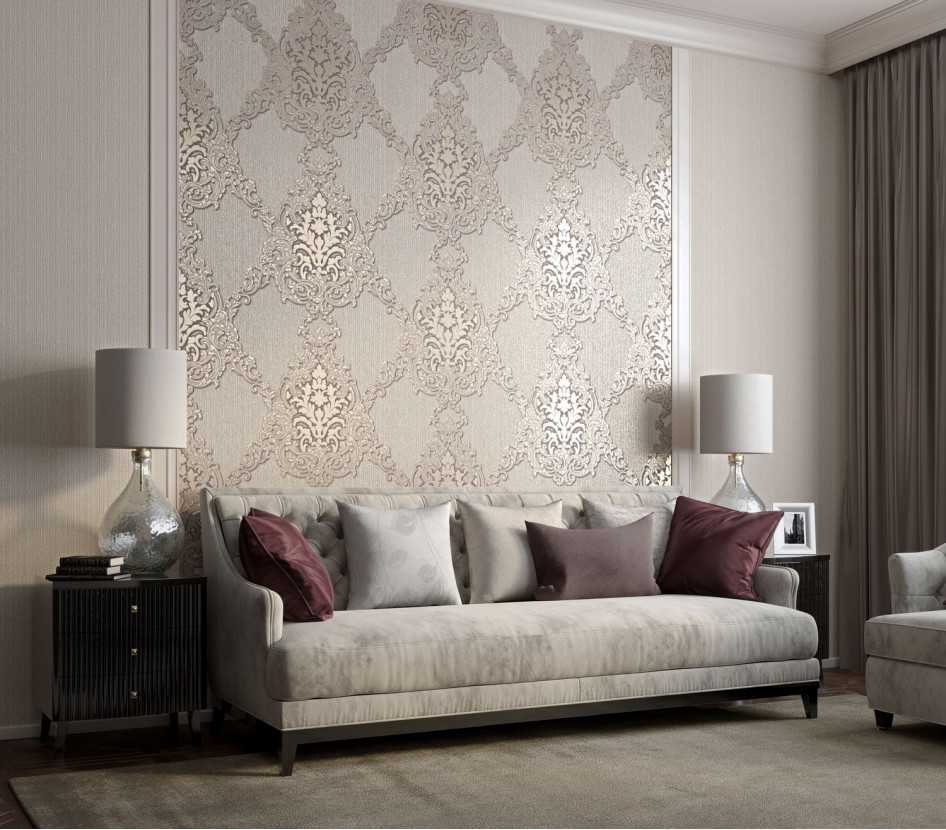
According to the drawing
It is not so easy to guess with the drawing, the lack of a harmonious combination of which can easily spoil the overall composition, even if you choose the right scale. Ideally, do not use more than one pattern in such combinations, especially if it is large and textured. nine0003
And even more so, you should not experiment in this way in the case of using photo or 3D wallpapers, which, as you know, are a very bright accent that needs to be balanced with something monophonic and as calm as possible in color and pattern.
Only triads are allowed, based on the combined pasting technique. An example is a panel version with a dark solid bottom, small specks at the top and patterned inserts framed by moldings. Alternatively, you can use a thin stripe on the panels, making the top solid outside of the patterned inserts. nine0003
How to paste over a room with different wallpapers - practical tips with photo
Now, in more detail about the technique of pasting walls with different wallpapers in one plane. The subtleties and nuances given below will help you avoid the most common mistakes.
The subtleties and nuances given below will help you avoid the most common mistakes.
How to combine different wallpapers on the same wall horizontally
Horizontal layout is a favorite technique for those who prefer classic interior solutions. Thus, you can decorate the hallway, living room, office. nine0003
As a rule, the lower part is decorated in darker colors, while the lighter top allows you to expand the space, which is especially true for dark, narrow rooms with high ceilings. In this case, instead of wallpaper in the lower part of the wall, decorative panels (most often made of natural wood or its imitation) can be used, the joint with which is made using additional materials.
Among other recommendations is the height of the bottom panels, which should ideally not exceed 1/3 of the total height of the room. And more often than not, 1 meter from the level of the floor covering is more than enough. nine0003
How to combine two views vertically
Vertical docking is recommended for use in rooms with low ceilings.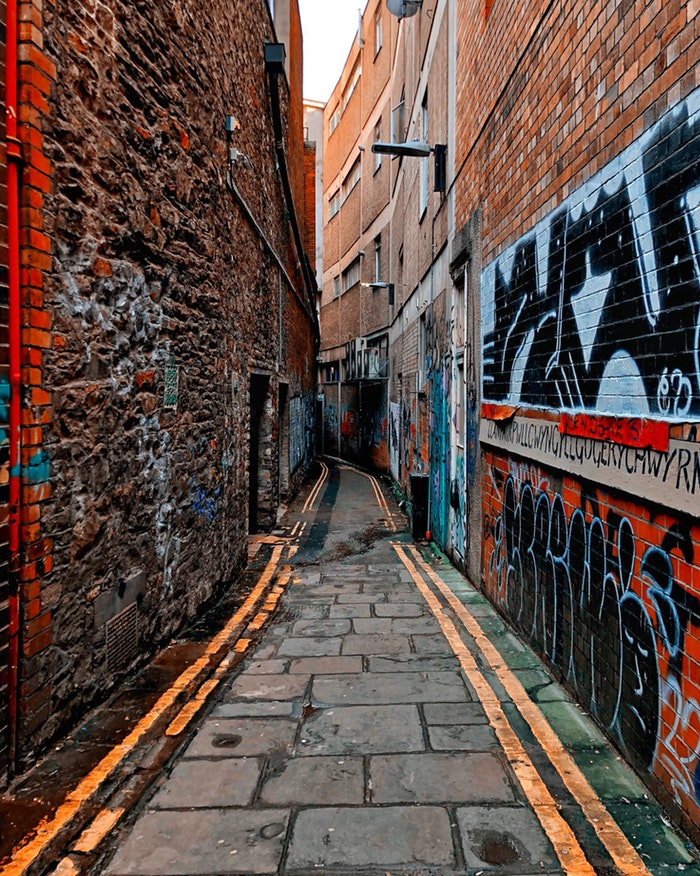 At the same time, some wallpapers can be plain, while others can have a print in a thin vertical strip, which will make the vault even higher.
At the same time, some wallpapers can be plain, while others can have a print in a thin vertical strip, which will make the vault even higher.
As additional options, you can use both a uniform alternation of strips with respect to the same interval, and an arbitrary variant.
The main thing is to use a one-textured material, otherwise you can easily overdo it in your best aspirations for beauty. nine0003
Separate wallpaper zoning
In the vast majority of cases, zoning is used not as a master's whim, but as a real necessity, allowing you to visually divide too narrow an elongated room or even a common space.
A universal example is a studio apartment, where in fact there is a kitchen, a dining area, a living room, and sometimes even a bed in one room.
Of course, you can make the whole space solid, but creating a color accent for each such zone will look good, allowing you to clearly understand where one space ends and another begins.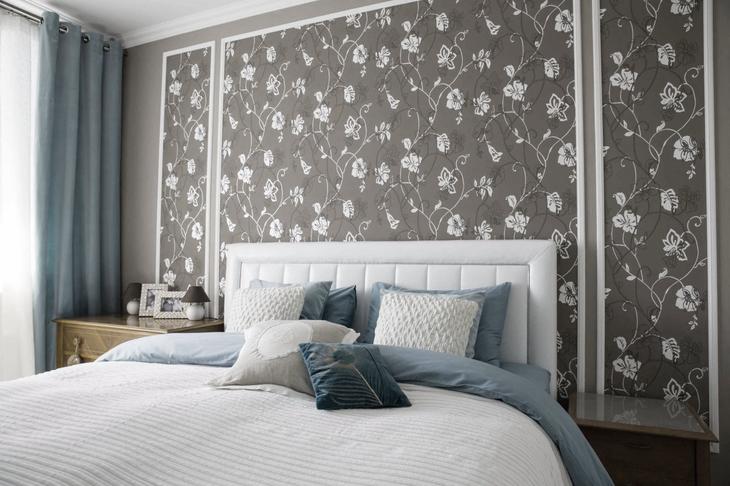 nine0003
nine0003
Patchwork technique
The coziest version of patchwork wall decoration, most often used in nurseries and bedrooms, made in Provence and shabby chic style. A kind of patchwork quilt on the wall, like a grandmother's, which can be glued from multi-colored pieces of wallpaper already cut into squares.
The latter are sold in the form of threaded sets or as a whole canvas, the gluing of which is no different from the usual one, without assuming jewelry joining between fantasy “patches”. nine0003
Variants of how and with what you can separate different wallpapers on one wall
Even the most accurate joining of wallpapers of different colors and textures on one wall can look boring, and maybe even ridiculous. A special decor will help to beat the seam, with which the overall composition will take on a complete look.
Molding and slats
This variant is often used in classic interiors, carrying an exclusively aesthetic load.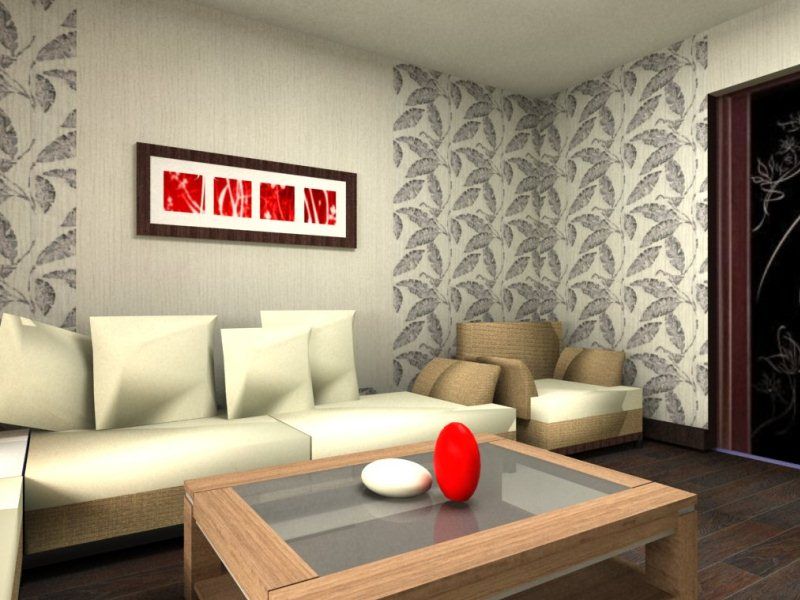 Usually these profiles are painted in contrasting light shades, although recently one-color design with moldings and paintable wallpaper has become more common. nine0003
Usually these profiles are painted in contrasting light shades, although recently one-color design with moldings and paintable wallpaper has become more common. nine0003
Moldings and laths can be used to make long single or overlapping horizontal stripes on the entire wall, as well as create “windows” for wallpaper with a pattern or with a more expressive color / texture.
These and similar delimiters are attached to a special gun glue for working with combined surfaces, which are sold in tubes with an easy-to-apply long spout.
Wallpaper border
Typically, decorative wallpaper borders have a paper backing with a denser texture designed to cover the seam. nine0003
And all because, unlike moldings and rails, such tapes are not glued end-to-end, but overlapped, completely covering the joint.
As for the use of wallpaper borders, they are usually used for panel separation or for ceiling decoration, although the latter option has long outlived its usefulness, giving way to the same polyurethane cornices.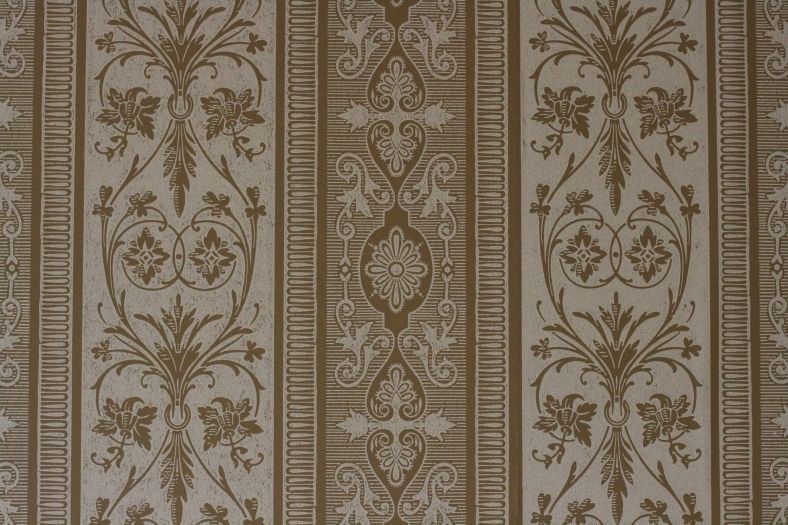
Without separation
In some cases, it is recommended not to use decorative separation at all. An example is the zoning of a common space, which can be emphasized with curtains and other techniques. In addition, you should not trim niches in this way, which are also often made in different colors. nine0003
Ideas for separating adjoining rooms
There are several options for visually separating adjoining rooms with wallpaper, the choice of which depends on many factors. Among them are the general style, the texture of the materials used, as well as the functional purpose of the space.
Corridor and kitchen
If the kitchen borders on the corridor (classic style), being as open as possible, you can decorate the hallway with panels, the lighter part of which will go inside the working space. nine0003
In addition, you can effectively decorate the portal itself, using all the same moldings, stucco, decorative bricks and other materials that will harmoniously fit into the overall interior.
Entrance and living room
If the entrance hall borders the living room, also forming a semi-open space, you can beat this option with different patterns.
Idea: In the corridor you can paste a picture of Big Ben with a red double-decker bus or other red accent and duplicate the style of the picture using, for example, a photo of a telephone booth in the living room. nine0003
In this case, the main background of the photo wallpaper will move into the living room, creating a complete composition and mood. Here is such a wonderful idea, inspired by good old England, in a typical apartment.
Hall and kitchen
Another common option involves the complete or partial combination of the kitchen and the hall, which can accommodate not only sofas, but also a dining group consisting of a table and chairs.
At the same time, it is better to choose warm shades for decorating the walls, echoing the kitchen facades.

